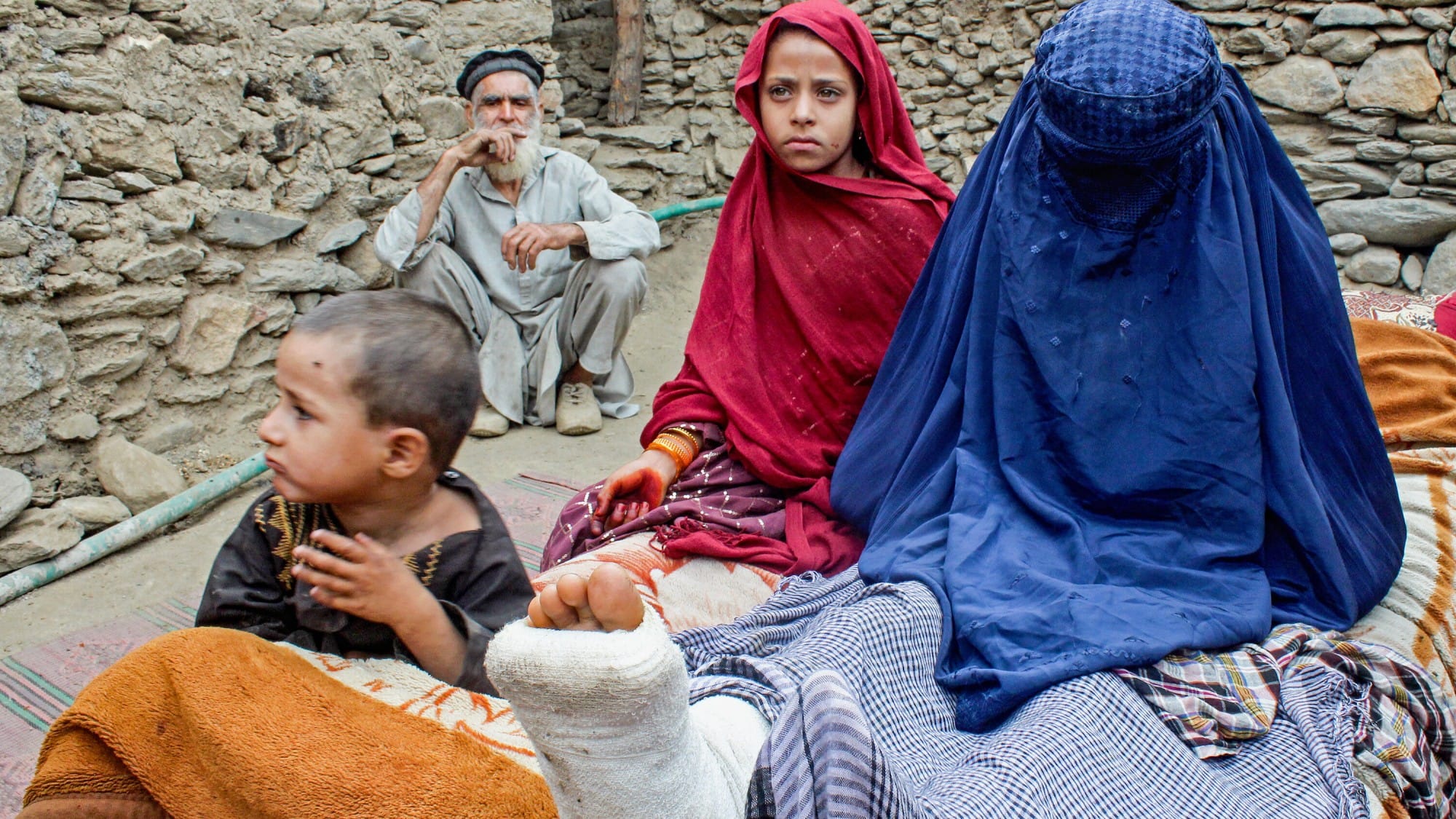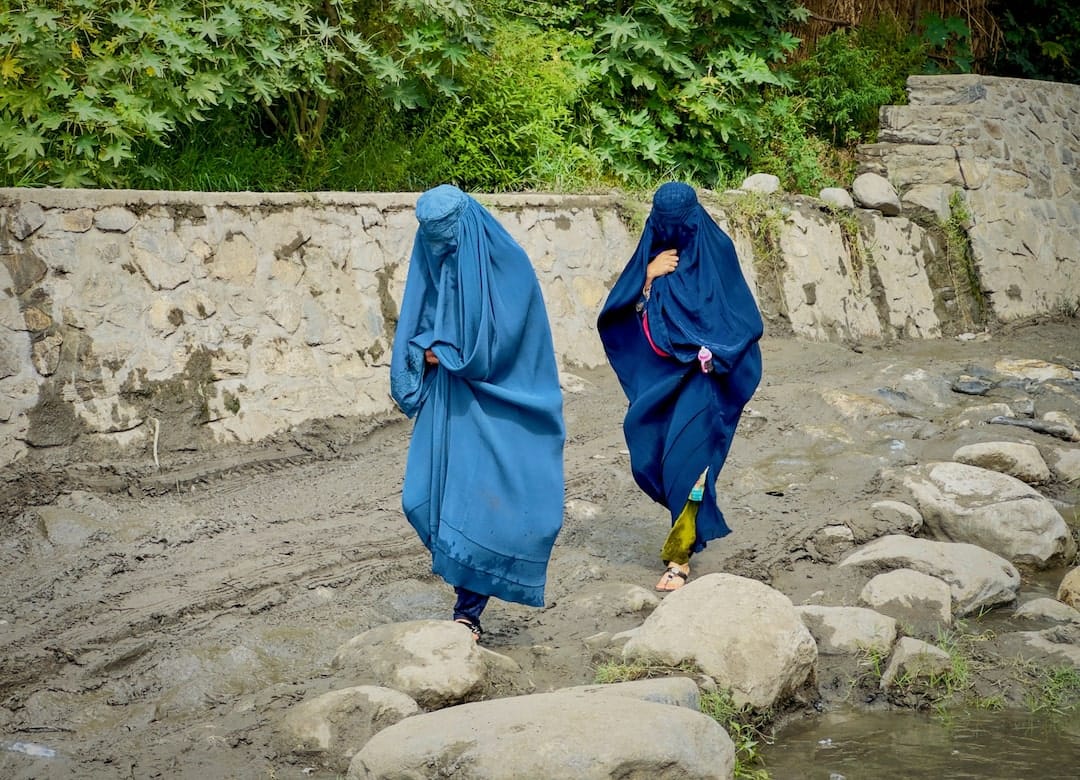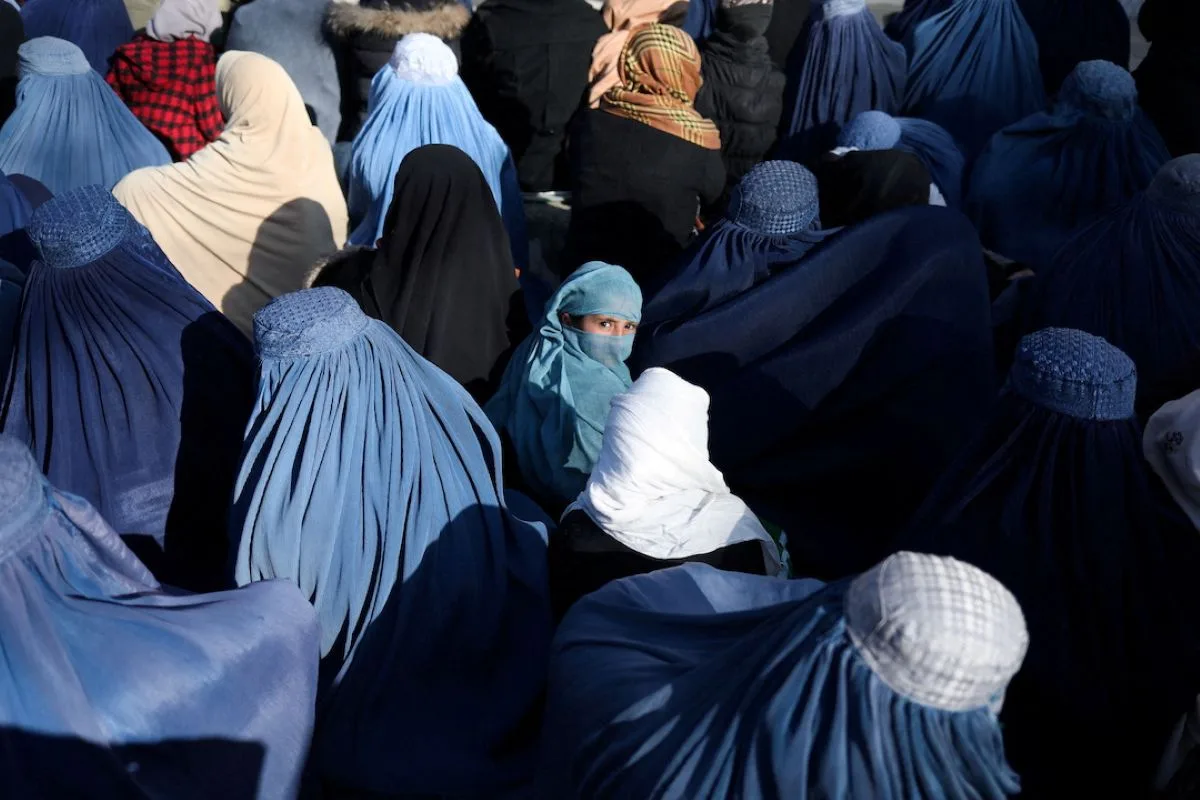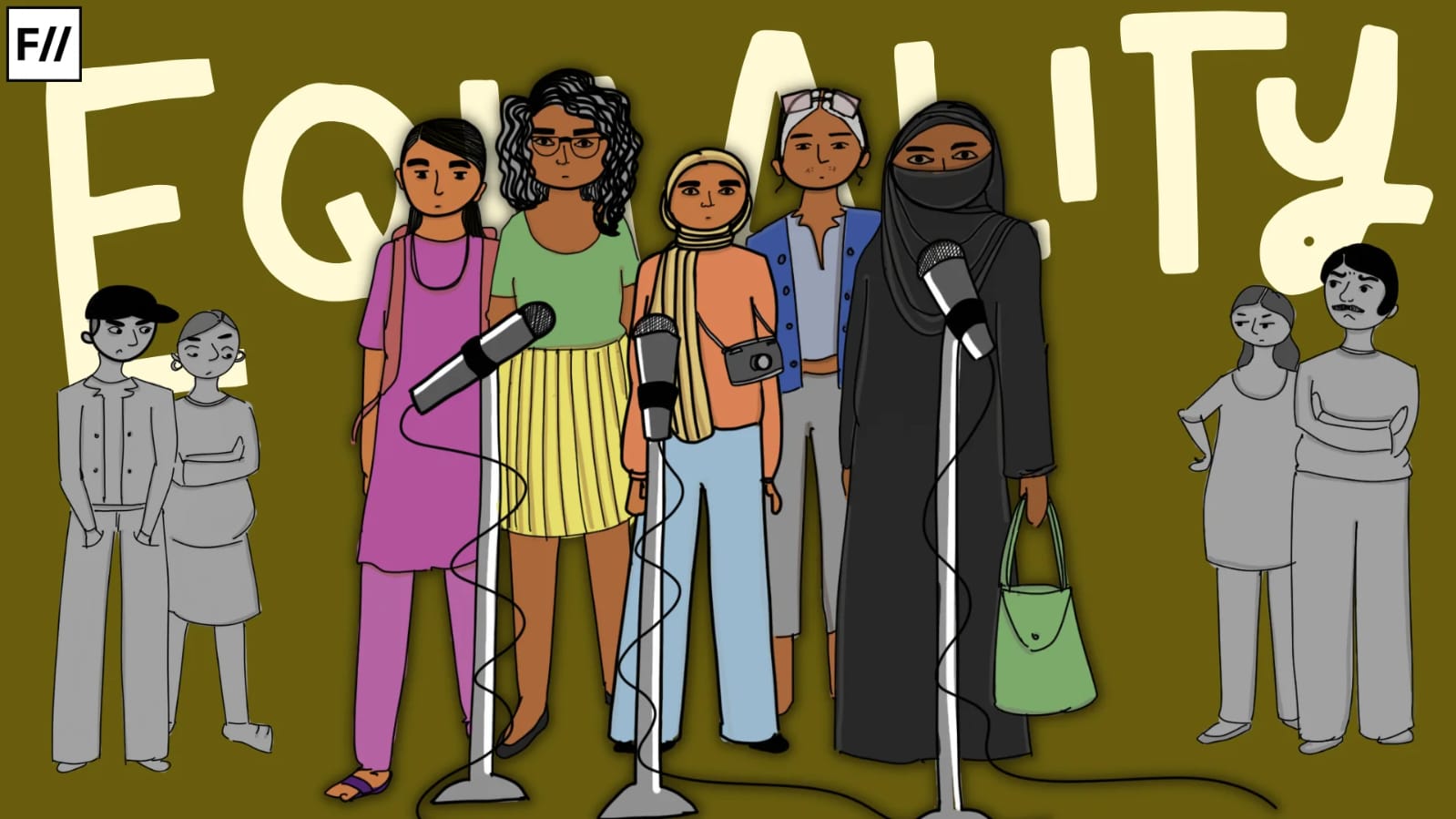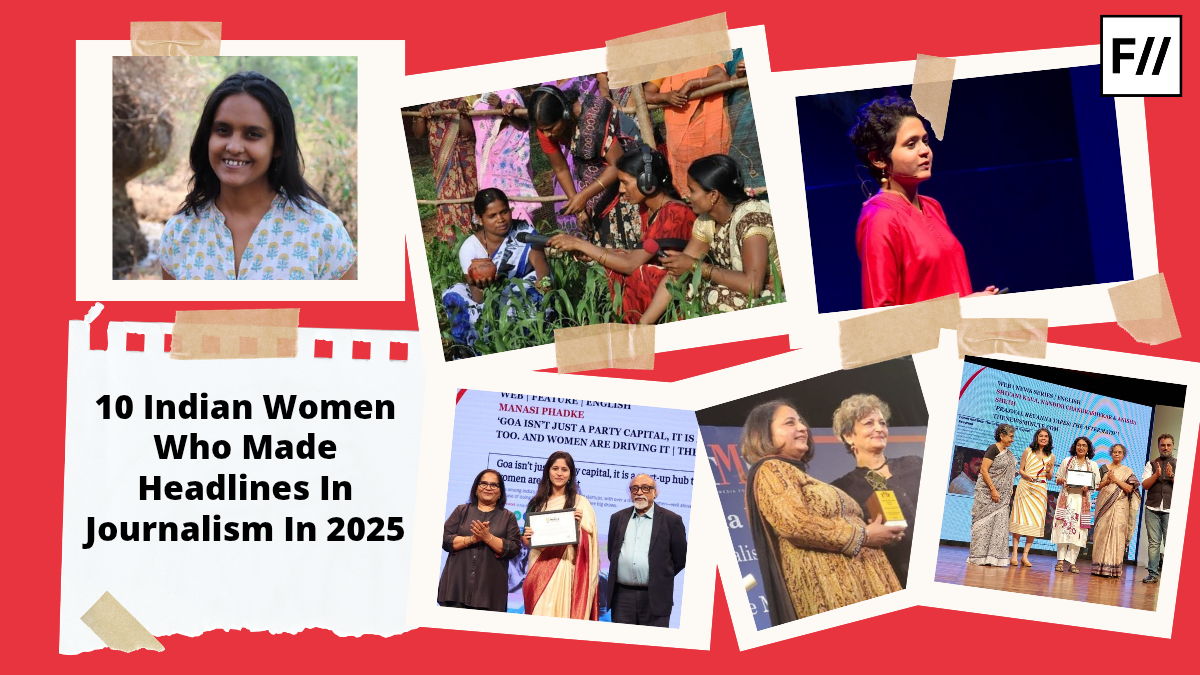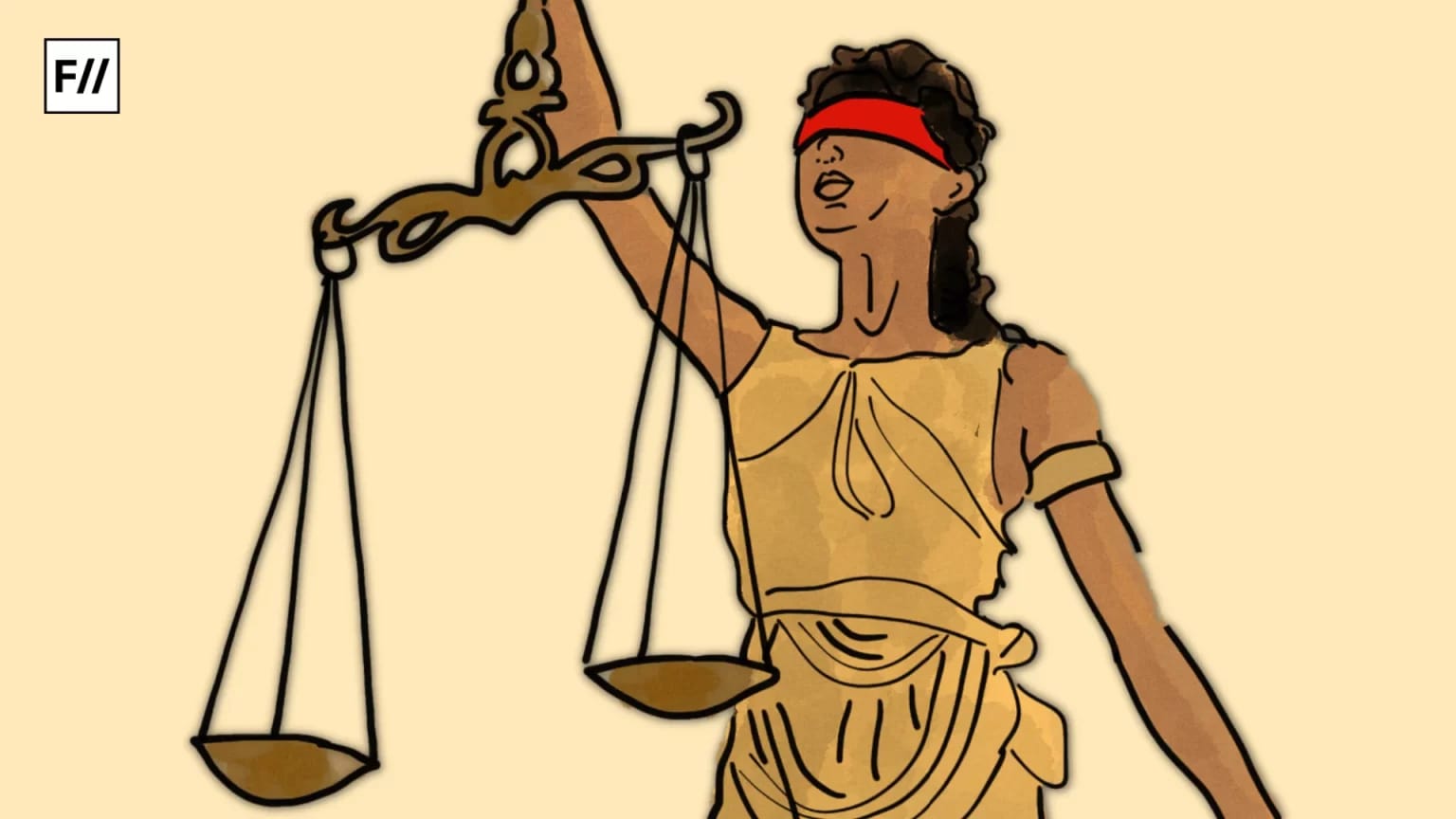In an earthquake which devastated Afghanistan on 1st September 2025, thousands of people have been reported to have lost their lives, entire villages reduced to rubbles, and families torn apart. Reuters described the disaster as ‘Afghanistan’s worst earthquake in years‘, highlighting the difficulties faced by survivors including homelessness, limited access to food and medical care, psychological trauma, and the threat of freezing winter conditions.
Amidst the rescue efforts undertaken by humanitarian organisations and government agencies, reports have emerged that Afghan women are being left behind due to what is called the ‘No skin contact with unrelated males‘ rule enforced by the current regime. Male rescuers, adhering to these restrictions, are prioritising the evacuation of men and children, leaving women trapped under debris without assistance.
Tahzeebullah Muhazeb, who is a male volunteer working in rescue operations recalls ‘It felt like women were invisible.’ What is particularly distressing is that women who have lost their lives in the tragedy were being dragged from the debris by their clothes, while those who survived were made to wait for women from other villages to dig them out, all to avoid making skin contact.
Such a gendered barrier in rescue operations and broader social inequalities leave women disproportionately affected and vulnerable, while making survival a deeply gendered issue.
Unequal impact of crises under current regime in Afghanistan
Women in Afghanistan live a deeply restricted life under the current regime, which has been in power since 2021. It has imposed strict restrictions on women’s education and employment, wherein young girls are not being “allowed” to go to schools, female students are being barred from universities and employment in any sector for women are made inaccessible.
Building on these restrictions, it also imposed a ban on women’s enrollment in medical education the previous year. This has, for obvious reasons, led to a shortage of female doctors and rescuers.
The World Health Organisation (WHO) estimates that, as of present, only around 10% of the health workers in few provinces are women. The Federal also writes, ‘The absence of female rescue workers, itself a result of Taliban prohibitions on women’s medical education and public employment, makes this rule particularly devastating.’ while reporting about the aftermath of the earthquake where many of the women who were trapped under debris lost their lives because of not receiving timely assistance.
The shortage of female doctors and rescuers have long term implications beyond immediate rescue operations.
The shortage of female doctors and rescuers have long term implications beyond immediate rescue operations. Female survivors will indeed need medical care and rehabilitation, but the current state makes it far less accessible to them, especially when they are not accompanied by male relatives.
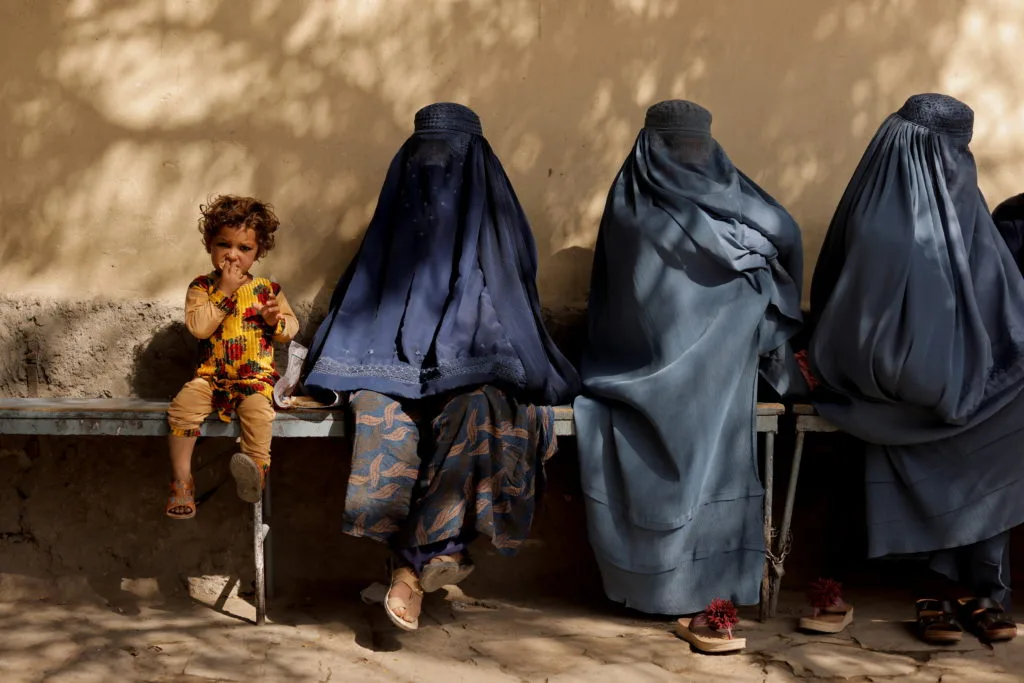
This crisis reveals a broader issue – disasters in Afghanistan do not impact all citizens equally. While men and children receive aid almost immediately, women are being forced to bear the brunt of the devastation. This reveals the intersection of natural calamities and how it has gendered impacts. Afghan women are the risk of higher mortality rates during disasters, limited healthcare supervision and assistance, and ultimately, continued vulnerability in the long run.
What’s behind the ‘no skin contact with males’ rule?
The ‘No Skin Contact with Males‘ rule in Afghanistan is essentially a deeply entrenched patriarchal norm in its extreme form. Under this rule, men and women who are unrelated to each other are not “allowed” to have skin contact (touch). Such restriction is justified by the state on the grounds of preserving women’s honour and morality.
While it is framed as a goodwill, the ‘no skin contact‘ rule severely limits women’s autonomy and agency. It polices their interactions with others by dictating where women may go, whom they may interact with and how far they can go in public life. For even the most basic activities like consulting and visiting a doctor, traveling or receiving aid in this case, women are forced to rely on male relatives.
For even the most basic activities like consulting and visiting a doctor, traveling or receiving aid in this case, women are forced to rely on male relatives.
Women are under constant surveillance which confines their role to only private and domestic spheres. This constant control and dependence strengthen patriarchal power and makes gender inequality as something which should be acceptable to them in daily life. This rule treats women’s bodies as objects of control, while leaving them more vulnerable to marginalisation, exploitation, and greater risk during emergencies or crises.
Structural violence and gendered vulnerability
Johan Galtung, who was a profound sociologist, gave us the theory of structural violence. He elucidates that violence is not always physical but structured, where social, political and economic systems harm certain groups by limiting their access to resources, rights and opportunities. Such violence is carried out through institutions and cultural norms, which makes it seem justified in nature.
Strictly imposed gender segregation, ban on women in healthcare role, restrictions on female education are, in fact, deliberate tools of control, whose consequences can be seen in disasters like these. The shortage of female doctors and rescuers is not a natural consequence of the earthquake, as can be observed, but a product of gendered restrictions. The loss of lives of women and delayed assistance and care, is therefore, an outcome of structural violence against women.
Although Galtung’s theorisation is not particularly feminist, feminist perspectives draw from it to emphasise that structural violence is never gender-neutral. Feminists argue that social, political, and economic systems often operate in ways that is disadvantageous to women, making their sufferings greater than men, in the times of crisis.
In Afghanistan’s case in particular, structural violence intersects with gendered expectations, cultural roles, and prohibitions which create an inevitable situation where women face heightened vulnerability. Such violence turns even natural disasters like earthquakes into a gendered catastrophe.
Humanitarian and international response to the crisis in Afghanistan
The international response to the recent earthquake in Afghanistan has acknowledged the urgency of humanitarian intervention in Afghanistan and, also the deeply gendered nature of the crisis. The WHO, for example, has urged the Taliban to lift restrictions on female aid workers, while stating that rules requiring male guardians to accompany women prevent them from reaching affected areas in time.
The WHO, for example, has urged the Taliban to lift restrictions on female aid workers, while stating that rules requiring male guardians to accompany women prevent them from reaching affected areas in time.
The United Nations (UN), has also appealed for $139.6 million in emergency funding wherein they state that Afghanistan’s current gender politics have left only one male doctor for all the women who were injured in this catastrophe. They also estimate that around 11,600 women who were impacted by the earthquake are pregnant.
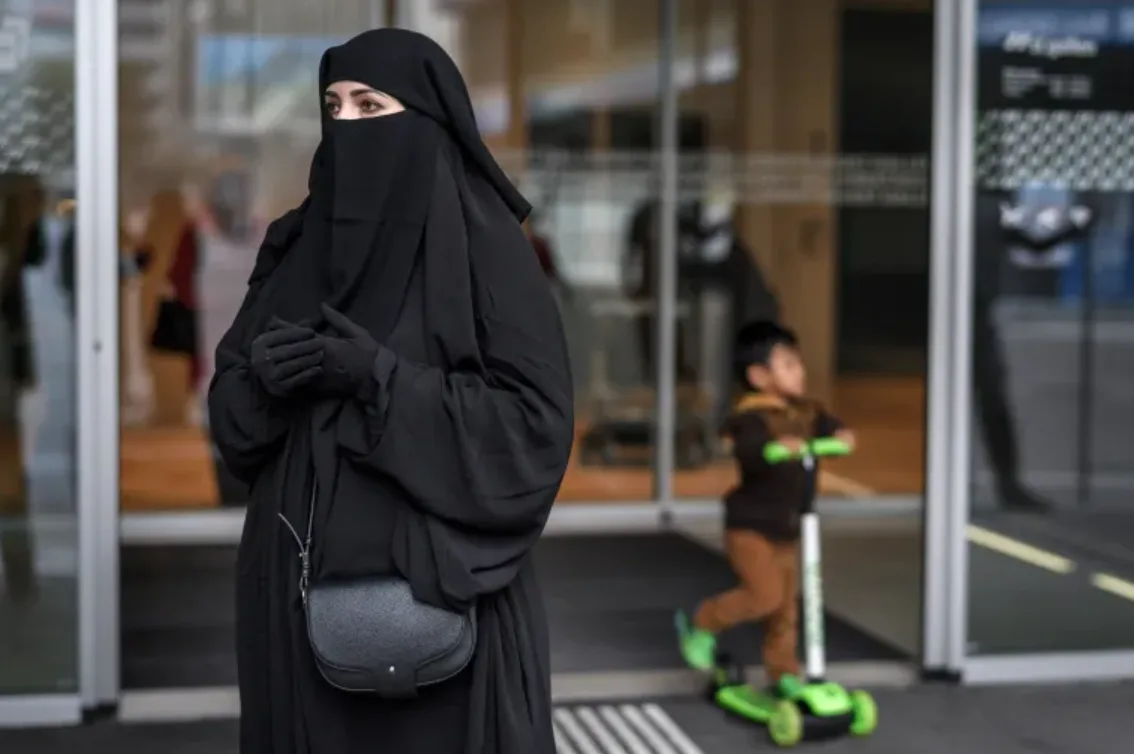
Although, the response to such an intersection of natural calamity and gendered consequences require beyond mere funding and support. It also must confront the structural and patriarchal foundations which makes women vulnerable in disasters like these disproportionately.
At the very least, Afghanistan needs to train and deploy female rescue teams in especially remote districts. Without addressing these structural restraints, disasters in Afghanistan will continue to remain gendered, where women bear the brunt not only because of natural disasters but also from deeply entrenched patriarchal systems that dictate who can access help, care and survival.
About the author(s)
Mema is currently a Master's student at South Asian University (SAU). Hailing from Manipur, her lived experiences there have shaped a deep commitment to the feminist cause. She cares deeply about women and their future, which she tries to convey with her writing. She finds joy in reading, writing and cooking.
